Automotive Designer Niels van Roij explains why designing a car is always a compromise between cost and the design. Read Iconic Cars.
Niels, what triggered making car art in the first place?
I am an automotive designer by trade. So I have a great passion for cars and things on wheels which move. It's a natural thing which comes from being a car designer. You have to have a passion for what you do. It's an extremely competitive business and you don't become a car designer by accident. You are sketching and drawing new vehicles and you have to understand the parts and get the right feeling for form and shape, surfacing (the skin of the cars) volume and proportion. The car art basically is a natural spin off from what I do for a living.
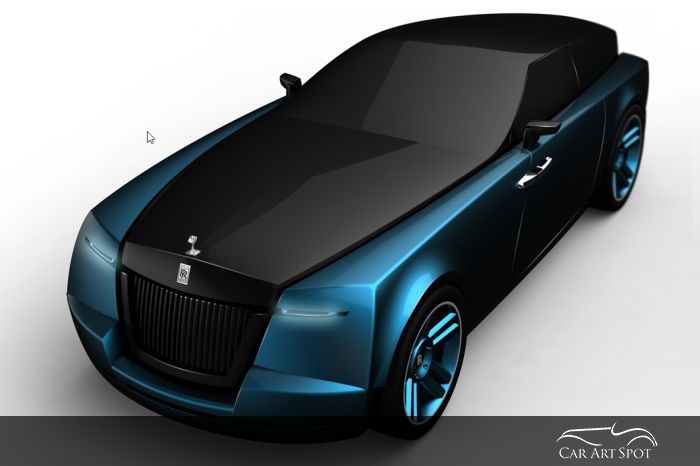
Rolls-Royce Shooting Brake design by Niels van Roij
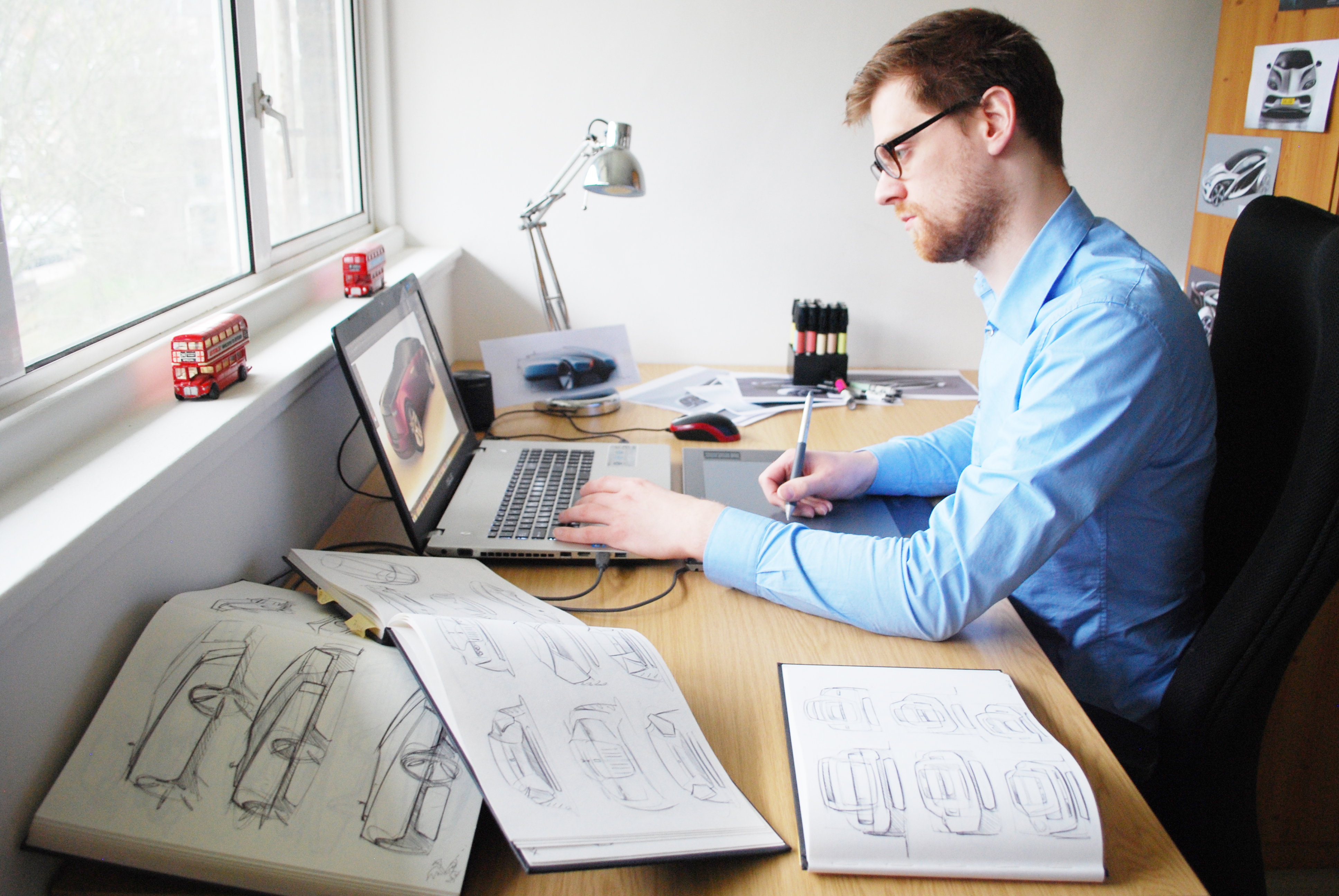
Niels van Roij in his design studio
Rolls-Royce Shooting Brake design by Niels van Roij
In your eyes, is there a difference between car designing and automotive art? Or is it a very thin line?
I think there is quite a difference to be honest. Designing a car is always a compromise, for instance between the cost and the design. Whether it is the shape or the materials, there is always a certain compromise to make. There is the safety, the rules and regulations and the size of the cabin for instance. The smaller the cabin, usually the prettier the car looks; more sleek, less high. But obviously a car is made for people, so there sometimes has to be sufficient space to carry 2, 4, 6 or even 8 people. That is design for me and art is depending on what I am doing. I prefer to call my work illustrations. But if you call it art, in my personal opinion there is no compromise. It doesn't really matter if the sketches are a bit harder to read or if there is a lack of detail. It makes the picture more exciting. Sometimes it is quite realistic and down to earth while others are very graphical or very expressive and then there is a lack of detail and realism. It is not a technical drawing or something which cannot be seen in different ways. It's okay when people see different things in an artwork but in the design of a car, there has to be a clear definition. The interpretation should be the same for everyone and as a designer, I need to achieve this.
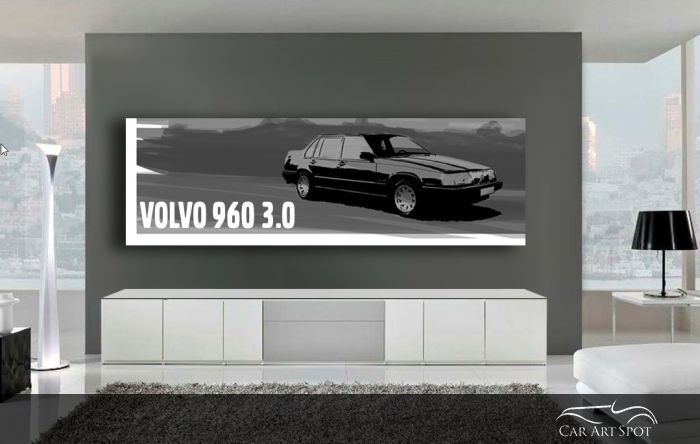
Volvo 960 3.0 car art by Niels van Roij
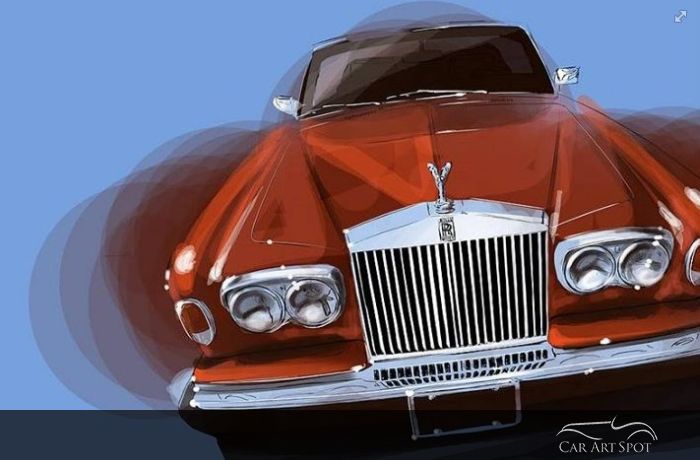
Rolls Royce Illustration by Niels van Roij
What do you want to express with your automotive illustrations?
I try to link my technique to the character of the car. Apart from the work I do for clients, my work is based on what I feel is an interesting and a consistent piece of design. The cost of the car I illustrate is totally irrelevant to me; if the Ferrari I am painting is more expensive than the Volvo, so be it. The Ferrari has very interesting characteristics but the Volvo has its' own unique characteristics.
In your blue Maserati illustration, you used minimum detail. Can you tell me more about what made you pick this model and how you turned it into this illustration.
The Maserati Quattroporte is an extremely elegant car. Very Italian in its' cut if you like. You speak about it as you would about an Italian suit. The car really portrays the Italian life style and culture. It's an absolutely gorgeous car. I have had the privilege to see a couple of them in the flesh and it's just a lovely piece of design. It's a very edgy car, very sharp with very defined surfaces. What better way to make a piece of car art, than to illustrate it in the same style the car was designed, to grab the essence. So I took it back to its' bare minimum without losing the exact car, essence and character.
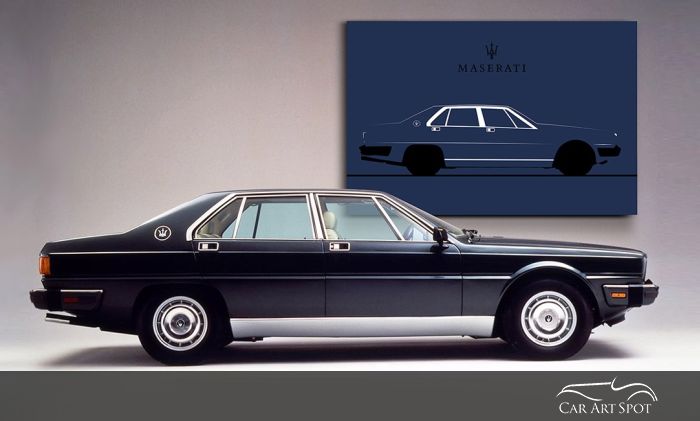
Maserati car art in its' bare essence by Niels van Roij
The title of your exhibition in Brummen is Iconic Cars. What makes a car iconic?
That is an interesting question and one we asked ourselves when we were designing the new London cab, which I have been working on. It's currently in development. The London taxi is probably one of the most iconic cars in the world. It's the car that is instantly recognisable, it has a super unique profile, it's a real icon. So how do you take the next step as a car designer? Everyone knows this icon but what makes it an icon and what makes the London cab? Is it the fact that it is black? No not really, because you have them in blue, red and in different colours. But it is still very recognizable as the London cab. It also has nothing to do with the yellow 'for hire' lights on the roof because you could put the same lights on any ordinary van or car but it wouldn't make it a London cab. So it is not a lot of indivdual parts, it's the whole holistic package and thinking that makes the car iconic. It is the way the car was designed around people, transport and difficulties in London, the narrow city streets and small roundabouts. But it was never designed with the idea of making it an icon. The same goes for the old traditional London bus, the Routemaster. They just have a few left now driving on touristic routes and it is instantly recognizable. Tourists recognize it and some people actively wait for a Routemaster. It's that certain feeling that people have. So this question is very important in car design. What does make an iconic car? It's a question which is almost impossible to answer because it is something which grows. If someone starts out to design an icon, it's being forced and is not a natural process. Something becomes an icon because of the bond and connection people have with the product. People think the Mona Lisa is iconic because of the way she looks and how her eyes follow you if you walk around the room. The same goes for cars. It's extremely hard to define and what many car designers want to know; what makes an icon because there is nothing better than making a car or a brand which is instantly recognizable.
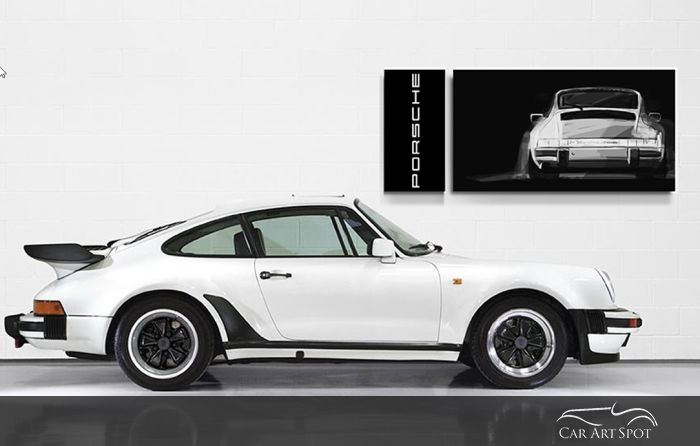
Iconic car art illustrations by Niels van Roij
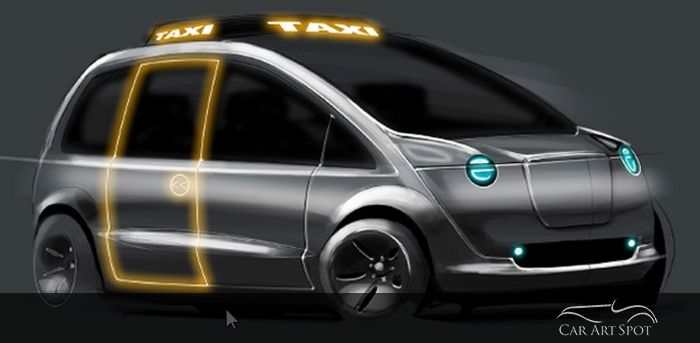
The new London cab design by Niels van Roij
Take the Porsche 911, which is one of the most iconic sports cars in the world. It is something which is not necessarily easy for Porsche. The model was demanded by the clients and Porsche tried to step away from it with the Porsche 928. An amazingly beautiful sports car which still looks modern today but it wasn't accepted. People demanded a 911 and although Porsche now has a wider portfolio, Boxster, Caymen etc., the icon is still the 911. It's a blessing and a curse because what is a new 911 or a new VW Golf? It's the task of the car designer not to step away too much from the icon because otherwise people will reject the product and one rejected product could mean the bankruptcy of your brand. On the other hand, if you stay too close to a very successful brand, you get into the story of the Jaguar a couple of years ago, when they made the XJ, a very elegant beautiful car. But it basically remained the same for 40 years and people were tired of it. Jaguar kept on producing the same car without any innovation and it was eventually looked upon as 'the old peoples' car'. Your grandpa would perhaps buy one but a young successful guy would not want to be seen in one. So it became a curse for Jaguar and they had to innovate. Obviously you can discuss whether this current model was the right or wrong new interpretation of the brand, whether you like the new look of Jaguar. But something had to be done because the brand was basically on the edge of bankruptcy.
With your automotive artwork, do you want to have your own unique style which is instantly recognizable?
No, I am not looking for a signature, I am doing artwork like a car designer. If I was hired by Rolls-Royce, it would not be my task to make a car which is recognizable as one designed by Niels van Roij. My only task would be to make the best possible car for Rolls-Royce at that moment. If I would then jump to a Renault, my style should not be recognized as the guy who came from Rolls-Royce and is now making a Renault which looks a bit like a Rolls-Royce.
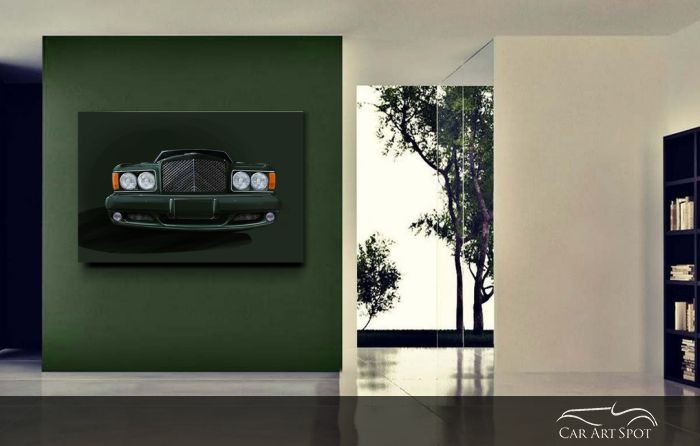
Car art design by Niels van Roij
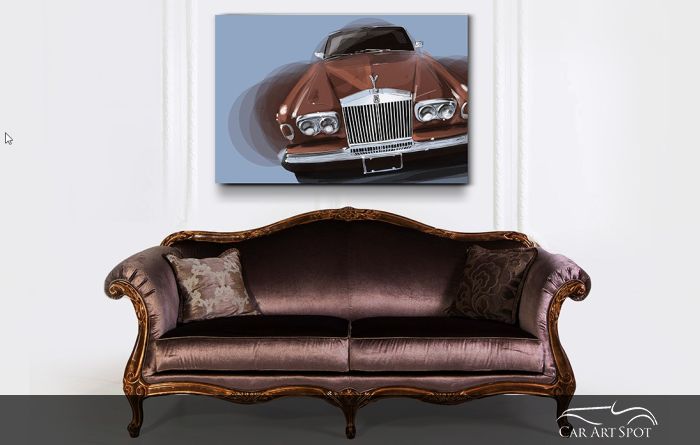
The beautiful RR Corniche Convertible
You talk about the compromises between design and art. Is it in conflict with each other?
Not necessarily. I design my art as I design my cars. The key for me is that style suits the vehicle of choice. I have done a few Rolls-Royce Corniche's, the beautiful convertibles. I tried to emphasize the character of these cars. They are very romantic cars, not stiff or formal. They are the kind of cars which would be driven on the Cote d'Azur, in nice weather. You would not be wearing a suit. You would be wearing something which would make you feel free and enjoy the openness and the weather. So it's that character and the freedom that I also try to translate in my illustrations. It's not too confined, inhibited by boundaries or hard lines. It's a free sketchy loose way of painting. If you see the Volvo's and Maserati's, these cars are very tight and very defined in their shape, form and character and have a totally different character to the Rolls-Royce. It is basically about recognizing the character and applying it to your technique. That is what I do as a car designer.
The topics of your artwork are always existing cars, while on the rest of your website you have wonderful designs you have done for the auto industry. Did you ever make artwork of non-existent cars which just popped into your imagination, or do you separate that?
I don't make artwork of non-existent cars; at least they are not for sale. But what I do for my clients is exactly the same. So if I design a Renault or a Donkervoort, then I make sketches without compromise. I make my artwork for the manufacturer to suit their character. So a sketch for a Donkervoort is a completely different sketch with regards to brush, colour, material, contrast, brush strokes, thickness of lines etc, compared to a sketch for Renault or Rolls-Royce. There again, I am really focusing on the essence of the DNA, the brand identity. So I both make and present my work exactly suiting the brand I work for.
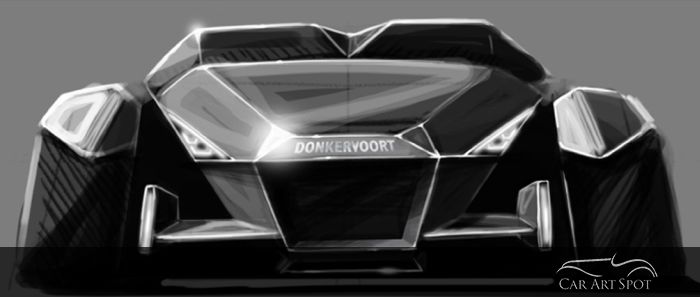
Donkervoort car design by Niels van Roij
Can you share with me the techniques you use? Do you use digital or conventional methods?
The majority is digital. I use a Wacom tablet with a digital pen. It is still hand work. Some people think you click some buttons, press enter and there is your car design. It doesn't work like that. Designing a car is handwork and making art is also basically handwork. Despite the fact that I am using a digital tool, I am still using a brush and it is still my hand that you see on that painting or illustration.
What is your dream. Is there any car design or artwork you would love to make in the future?
Basically continuing what I am doing now. What I really enjoy is working for specific interesting clients. I do 50/50 cars and other work, design in the widest possible way. I do brand identities, help businesses and people to innovate their brand DNA. I help them see the essence of what they are actually doing. Translating into building stands for fares, interior design for shops. I have produced a short film on my Rolls-Royce Shooting Brake design recently as well. A lot of work is focused around that brand identity. Having the understanding of the brand and translating that into tangible material.
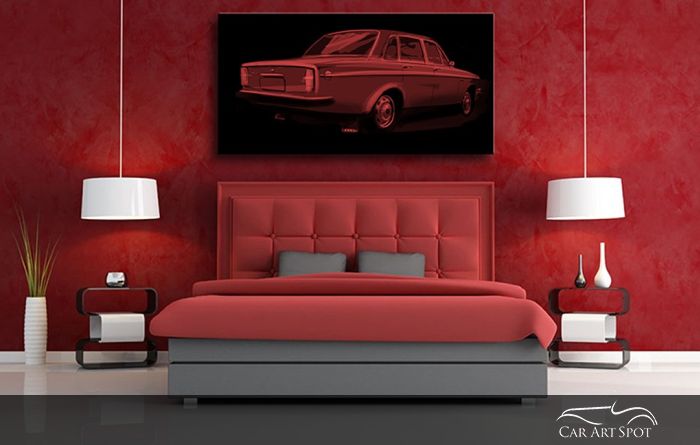
Donkervoort car design by Niels van Roij
Volvo car art design by Niels van Roij
I advise my clients with a very holistic approach, having the complete overview. I am working with really interesting people and I am really privileged to be doing this work. The same goes for my illustrations. It's really enjoyable if I speak to a person who is absolutely passionate about their Bentley or Rolls-Royce. These people know every fibre and every screw on their cars. They ask me critical questions which lead to amazing discussions. It's really interesting if you have people so passionate who allow you to work on their passion. That goes for both illustration and the work I do through my design studio. It's fantastic to be able to translate what these people have in their hearts and minds into something tangible, something they can't translate themselves. There are many dreams I still have but what I am doing now, is fulfilling my dream. I just hope it continues. It's looking good, so I am really happy.
You mention branding. A lot of artists I speak to are searching to position themselves. Some say they paint what the audience wants in order to make a living. Do you have any advice for them? What can they do to promote their art?
My advice is to follow your passion. I am in a privileged position where I do not have to live from my artwork. I do it for one reason only and that is because I love cars. I make the artwork and have it in stock and I also get requests to do specific car illustrations. Don't think too commercially which is extremely hard not to do. Follow your heart and do the work which you love. The result will show in the artwork and the opposite as well. When I studied automotive design at the London Royal College of Art, I had a tutor looking at my sketches and he said "this wasn't a good day right? You weren't feeling well'. He went to the next pages and said "ah there it is. There's the passion again". He could see it in my work. The way I touched the paper with my pen and my pen strokes. Car designers can read that.
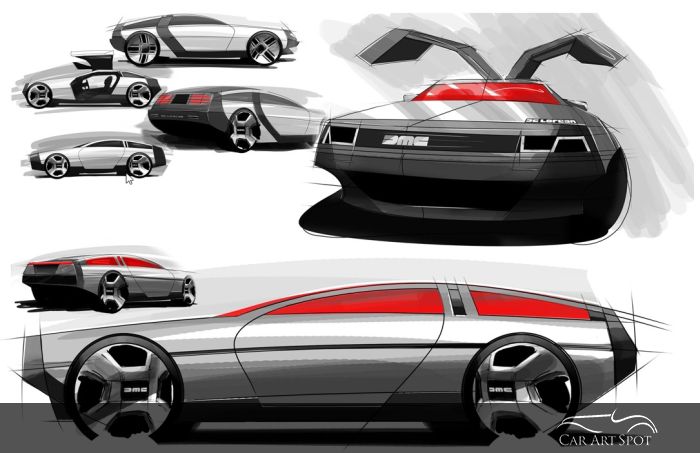
DMC Delorean car design by Niels van Roij
How do you overcome the hurdles and really make it a passion?
By trying to find the clients who you would like to work for. I try not to focus too much on what the market is looking for. If you follow your passion and do what your heart tells you to do, success will come. Sometimes it takes some time and sometimes you have to do work which is not what you exactly want to do but within that work, try to focus on your goal. Focus on what works to suit the client and your own passion within that. Maybe it's the story behind the product, the people or the illustrations which spark that little bit of energy which actually makes it happen.
Go to www.nielsvanroij.nl for more information on purchasing work by Niels van Roij.
Visit his exhibition 'Iconic Cars' at The Gallery Brummen www.thegallerybrummen.nl until11th of April, 2015.
See more of Niels van Roij's work by clicking on the following links:
Niels van Roij Design Facebook


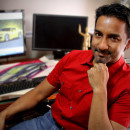
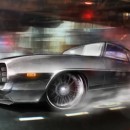
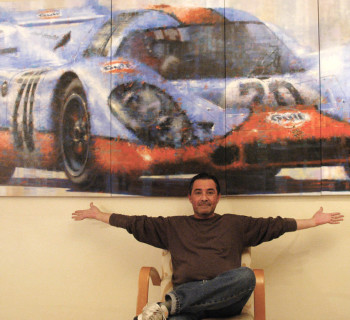
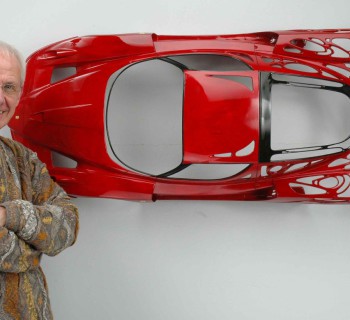
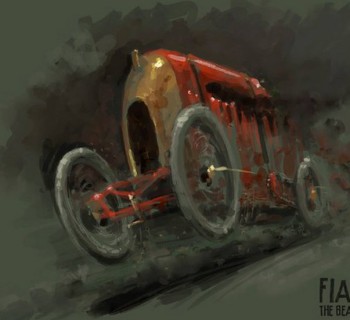
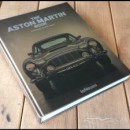
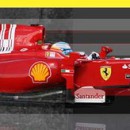
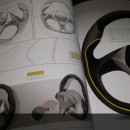


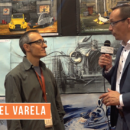
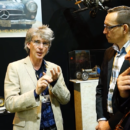
[…] http://www.carartspot.com/car-art/artists/car-art-blog/interview-with-niels-van-roij.html […]
[…] Read CarArtSpots full interview on Iconic Cars with Niels van Roij. […]
[…] makes a car an Icon? I had this discussion with automotive designer Niels van Roy [ http://www.carartspot.com/car-art/artists/car-art-blog/interview-with-niels-van-roij.html ]. It is a combination of design, acceptance by the audience and the experiences with the […]